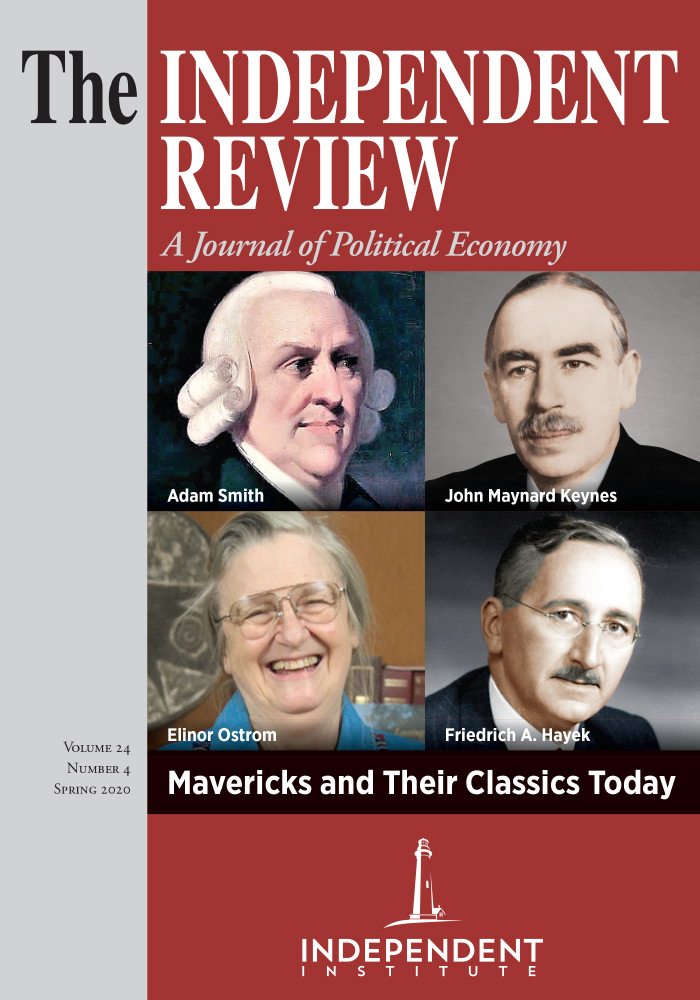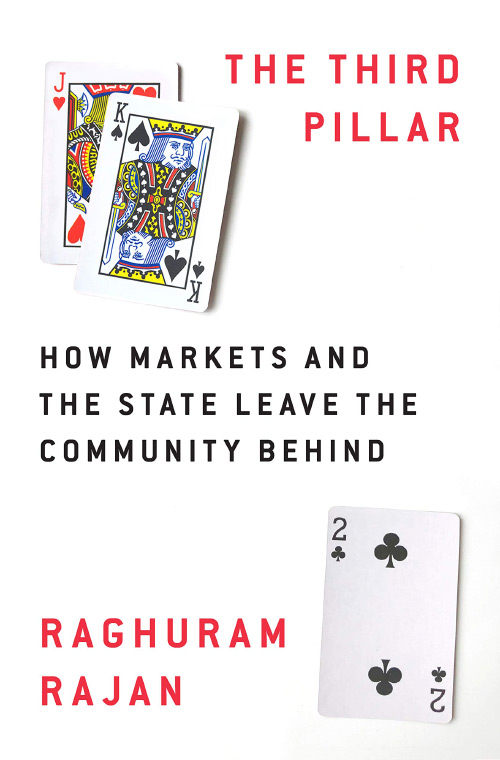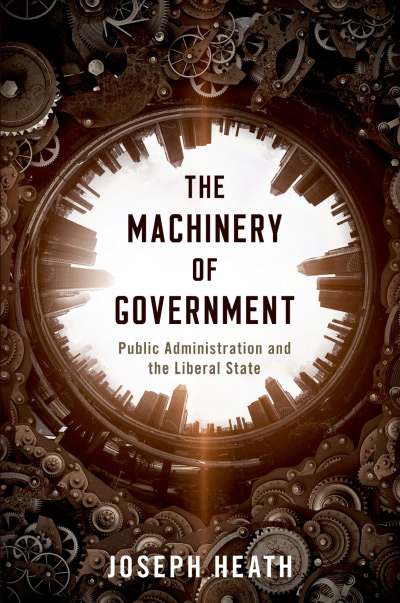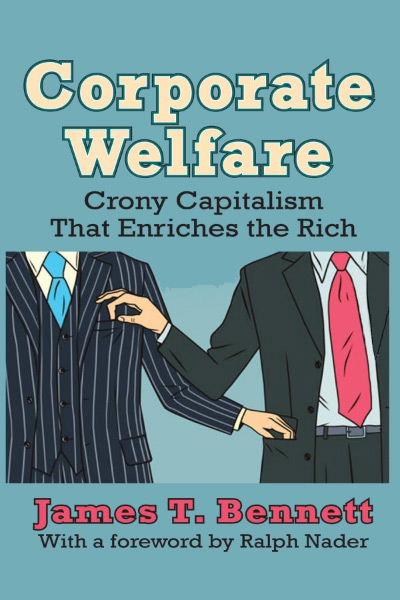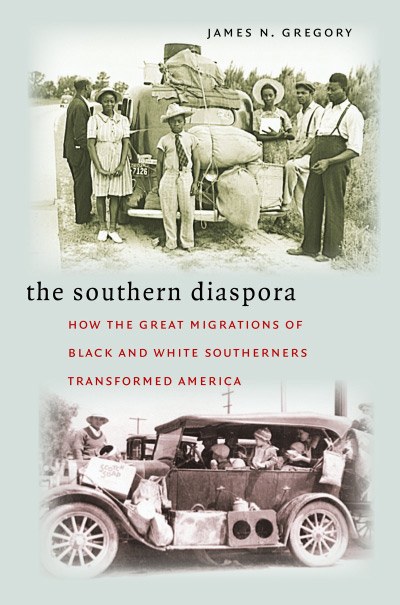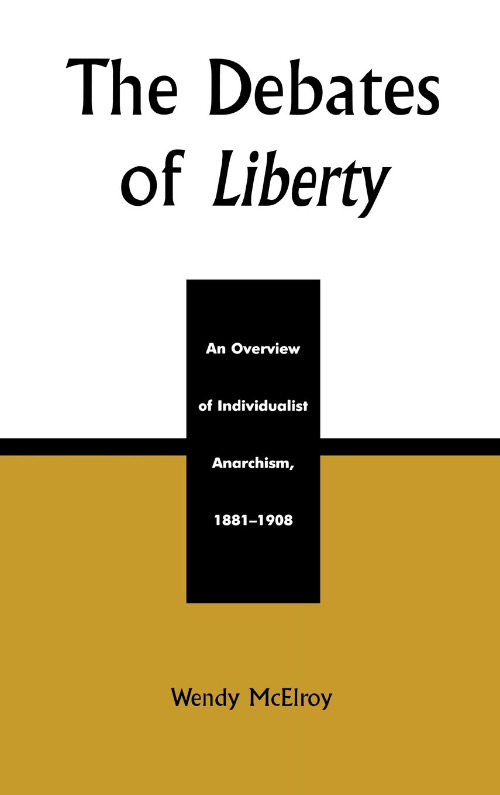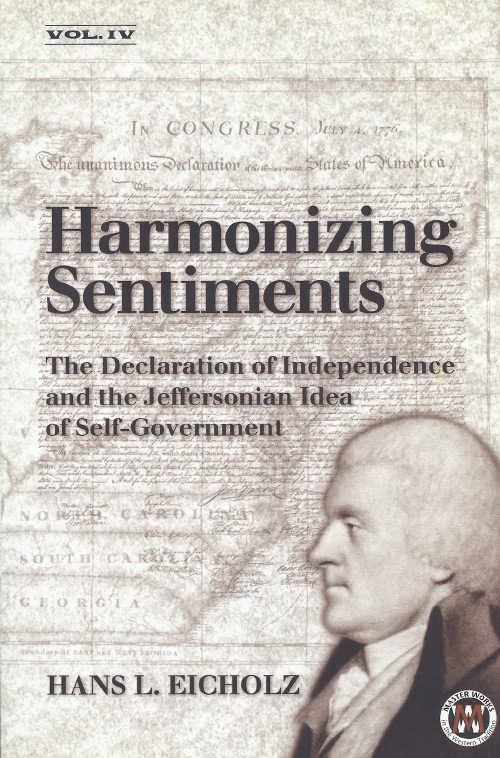Tyler Cowen recently caused a stir with his endorsement of “state capacity libertarianism” as the most viable successor to the theoretical and policy frameworks held by “old-style libertarians” and classical liberals. “Markets and capitalism are very powerful, give them their due,” Cowen quips, and then sketches out a partnership arrangement between markets and strong states in which a “good strong state should see the maintenance and extension of capitalism as one of its primary duties, in many cases its #1 duty.” Cowen’s “utopian vision” (see Stubborn Attachments, San Francisco: Stripe Press, 2018, pp 119-25) is rooted in his observation of trends in government growth as well as internet discourse (two leading indicators to which we should attend, but upon which this reviewer would not stake the future of the free society) and further reveals the continuing hold that a market-state dualism has on our institutions and our ability to imagine and work toward a different future.
In The Third Pillar, Raghuram Rajan offers us a corrective to such institutional dualism, arguing that societies are actually comprised of three important institutional sectors. Rajan seeks to reintroduce “community” into our consideration of how we best adapt to the dramatic social, economic, and political changes that are accompanying the Information and Communications Technology (ICT) Revolution. These problems include the downward spiral into hopelessness and substance abuse epidemics that have afflicted some communities where middle-income jobs have disappeared, increased socio-economic sorting that is reinforcing an upward spiral of meritocracy for the upper middle class, and the emergence of populist nationalism in a backlash against growing globalization of markets and governance. Rajan proposes that the best way to meet such challenges will require us to strengthen the relationships of neighbors, reminding us that even where there are well-functioning states and vibrant markets, the “proximate community” continues to perform important functions that help people adapt to the changing world around them: “It helps define who we are. It gives us a sense of empowerment, an ability to shape our own futures in the face of global forces. It also offers us help in times of adversity when no one else will” (p. 1).
In diagnosing many of our present discontents, Rajan’s book takes its place alongside works such as J. D. Vance’s Hillbilly Elegy (New York: HarperCollins, 2016) and Timothy P. Carney’s Alienated America: Why Some Places Thrive While Others Collapse (New York: HarperCollins, 2019). But Rajan’s professional experience as a former governor of the Reserve Bank of India and as chief economist at the International Monetary Fund equips him to delve deeper and farther than these journalistic treatments and highlight the impact of the ICT Revolution as a genuinely international phenomenon that will shape events not just in Western industrial countries but in India, China, and the rest of the world.
More importantly, Rajan’s work (although he does not seem to be aware of this literature) is a modest complement to a small but growing body of research that seeks to challenge more directly the hegemony of the market-state dualism and to reclaim not only a Tocquevillean awareness but also historical and analytical understanding about the role which non-state, non-market community institutions play in fostering economic flourishing, good governance, and psychosocially healthy societies. This literature includes Richard Cornuelle’s Reclaiming the American Dream: The Role of Private Individuals and Voluntary Association (New York: Random House, 1965), Peter L. Berger’s and Richard John Neuhaus’ To Empower People: The Role of Mediating Structures in Public Policy (Washington: American Enterprise Institute, 1977), Elinor Ostrom’s Governing the Commons: The Evolution of Institutions for Collective Action (New York: Cambridge University Press, 1990), Roger A. Lohmann’s The Commons: New Perspectives on Nonprofit Organizations and Voluntary Action (San Francisco: Jossey-Bass, 1992), and Vincent Ostrom’s The Meaning of Democracy and the Vulnerability of Democracies: A Response to Tocqueville’s Challenge (Ann Arbor: University of Michigan Press, 1997). The themes launched in these seminal works have been developed further in more recent scholarly articles and books such as Commerce and Community: Ecologies of Social Cooperation, edited by Robert Garnett, Jr., Paul Lewis, and Lenore T. Ealy (New York: Routledge, 2015), Edward Peter Stringham’s Private Governance: Creating Order in Economic and Social Life (New York: Oxford University Press, 2015), and Paul Dragos Aligica’s Public Entrepreneurship, Citizenship, and Self-Governance (New York: Cambridge University Press, 2019).
Cornuelle (1965) was among the first to call for turning our attention to what he termed “the independent sector” of human social cooperation rooted in proximate communities, often invisible but frequently formally organized in fraternal, service, and charitable organizations. This “kaleidoscope of human action” had been largely overshadowed in twentieth-century social analysis by the focus on market and state institutions, and the rising political influence of the academic disciplines that study them, economics and political science. Cornuelle contended—on the cusp of what Rajan calls the ICT Revolution, which Cornuelle discussed in contemporary terms of cybernetics and “Big Brotherhood”—that “rehabilitating the citizen’s capacity” for direct action on social problems would be the way to prevent technological tyranny and foster the emergence of a good society in which people might best “grow as responsible individuals and regain a full sense of human purpose” (pp. 166-69). In “De-nationalizing Community,” still inviting scholars to consider seriously the role of communities, Cornuelle argued that “For most of this century, responsibility has been distributed according to a misplaced confidence in the utility of centralization. We have begun to grasp the awful cost of that centralizing epoch in lost precision, lost affect, lost energy, lost imagination, and as a consequence, lost stability, lost cohesion, lost community” (Philanthropy, Spring 1996, pp. 10-11, 32-33).
Rajan’s The Third Pillar seems to echo that call and adds some intriguing insights to the story of how markets and states came to overshadow community. He opens the book with a discussion of the debt contract. Rajan describes the debt contract, the quintessential tool of the market economy, as “an explicit commitment by a borrower to repay the loaned amount with interest at a prespecified time, failing which the lender will be able to use the force of law to recover the value lent” (p. 29). Whereas assistance had previously been provided in the context of open-ended community relationships requiring empathy and a sense of belonging to a larger whole, Rajan suggests that the new openness to the debt contract that “calculates relationships to closure” began to weaken communities (p. 30-31). He explores how the debt contract and the commercial revolution it enabled required the setting aside of the widespread ban on usury that was sustained in the feudal community by theological and philosophical argument, discussing the complex series of economic and social changes that followed the decimating effects of the Black Death in the fourteenth century, which ultimately led to a re-thinking by both the Catholic Church and the new Protestant churches about their alliances with merchants and about the ban on usury.
This sort of loose and sometimes provocative historical reflection characterizes the first of three sections of the book, where Rajan explores how the three pillars of modern societies—strong states, free markets, and community—emerged out of the medieval backdrop. In Part II, Rajan employs more of his tools as a political economist to document the effects of the ICT Revolution and the exacerbation of the imbalance of the three pillars that resulted in the global financial crisis. Renewing attention to the role of debt introduced at the beginning of the book, Rajan notes that while policymakers in the first years of the twenty-first century gambled on borrowing to try to sustain the economic growth of earlier decades, what they achieved was an overly indebted population, stagnant incomes, and a growingly resentful electorate. This proved a recipe for a populism in the industrial West, which has rapidly begun to foment a “muscular nationalism” and increase the potential for international conflict. The path forward, which he takes up in Part III, is to restore the balance and bring the community back into the picture: “the natural offset to an expansion in the market cannot be an expansion in the powers of the state, it has to be more a strengthening of the community through local empowerment” (p. 284).
Invoking the principle of subsidiarity, Rajan makes a case for inclusive localism, “decentralizing power to the local level so that people feel more empowered in their communities. The community, rather than the nation, will become a possible vehicle for ethnic cohesiveness and cultural continuity” (p. 285). Nevertheless, the last third of the book then begins to resemble something like Cowen’s “state capacity libertarianism,” though perhaps we may frame it as a market-friendly “state capacity communitarianism.” With the goal of re-jiggering the distribution of power between state and community to better provide public goods, build capabilities, and maintain a sound safety net, Rajan introduces a bewildering litany of re-balancing policies to be undertaken by government that might facilitate decentralization while preventing communities from becoming isolationist, illiberal, and oppressive. While there are positive proposals, such as preventing anticompetitive barriers and barriers to economic opportunity and allowing for decentralized reform of schooling, we are also met with speculations about the need for new forms of affirmative action, “national social or military service, secular national festivals, and national sports teams” (p. 304), discouraging residential sorting by income, expanding broadband connectivity, equalizing community-based assistance across proximate communities, and harmonization of international commercial, environmental, and safety regulations.
In arguing for re-balancing by strengthening community, Rajan does not seek to restrain markets but to improve their functioning; he does not seek to weaken the power of the state but to refocus it. Public choice analysis reveals to us how difficult it is to choreograph market-state relations, and adding in a third sector promises to make the choreography more challenging. Rajan may correctly diagnose an anemic community as the critical institutional challenge of our time, but the principal challenge of his prescription is that he retains a central role for choreographers, as if we can tinker our way through policy-making to the world he envisions. I conclude that Rajan would have benefited from grappling with the literature cited above that has sought from within a classical liberal framework a more robust theory of social process. Cornuelle’s observed in Reclaiming the American Dream that “We speak of ‘policy-making’ as if policy were something that is willfully formed.” Instead, Cornuelle sought to remind us that “Policy emerges, as a result of the action of people and institutions in the society” (p. 154). Such human action, of course, is not determined. It depends upon ideas, institutions, and imagination, and upon discourse and persuasion about the ideas we should hold, how our institutions can be improved, and the dreams that we might renew and share as members of voluntary communities.
As always, there remains a great need for conversations about the possibility frontier of a free and humane society and a need to assure through rule of law the three pillars of life, liberty, and property, therein holding open space where people might make of themselves better people and renew their robust social and associational capacities to make better communities. This is not foremost the world of policy—of police powers (qua state capacity)—run rampant until we no longer realize the origins of the fetish that our market-state entities, and perhaps too many of our finest scholars, now seem to have with policy-making. It is rather the kaleidoscopic, dynamic life of a society of individuals making their ways in the world and being made by it. As Norbert Elias reminds us, “What is shaped by society also shapes in its turn: it is the self-regulation of the individual in relation to others which sets limits to their self-regulation” (The Society of Individuals, Oxford: Basil Blackwell, 1991, p. 55). In the end, it is in communities of many kinds, proximate or virtual, of kin or kindred spirits, in civic associations and enterprise associations, through vocational (work) and avocational (play) action, where the frictions of human action in space and time give shape both to the I and the We and the dreams we pursue together. There is no permanent re-balancing possible, only perhaps the dance we dance together about the still point of the turning world.
| Other Independent Review articles by Lenore T. Ealy | |
| Fall 2022 | Civic Gifts: Voluntarism and the Making of the American Nation-State |
| Spring 2019 | Exploring the Philanthropic Landscape: Introduction |
| Fall 2012 | Investing in the Ideas of Liberty: Reflections on the Philanthropic Enterprise in Higher Education |

